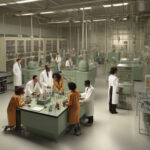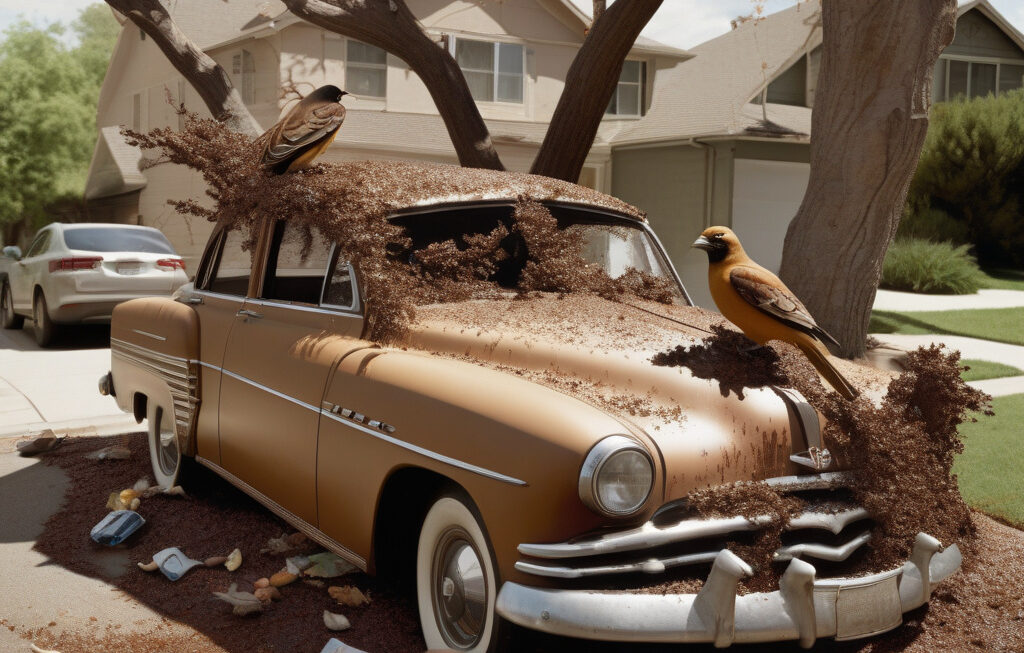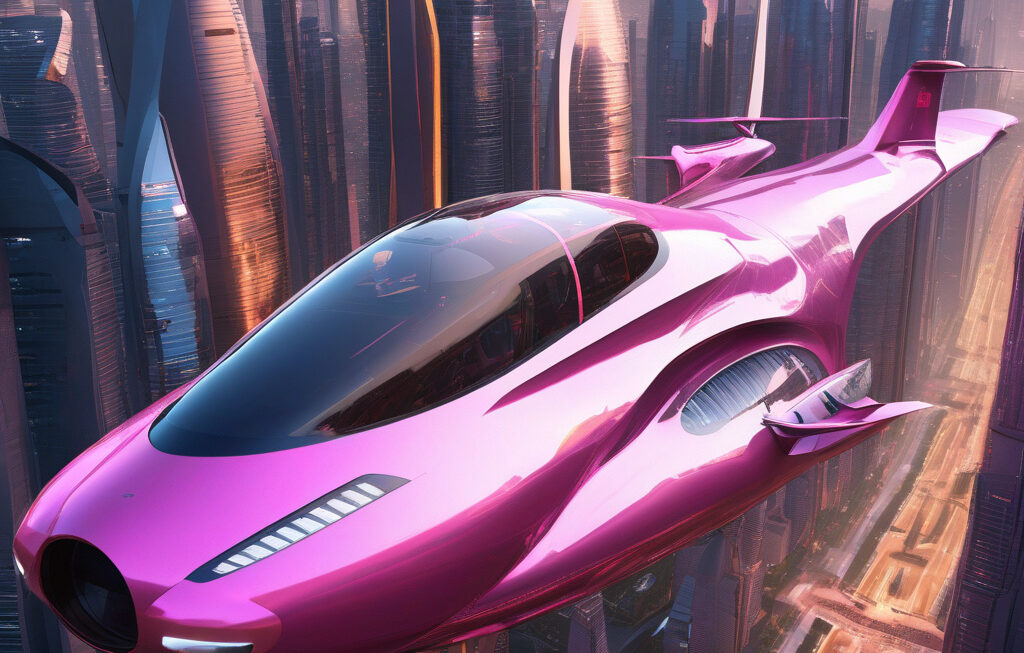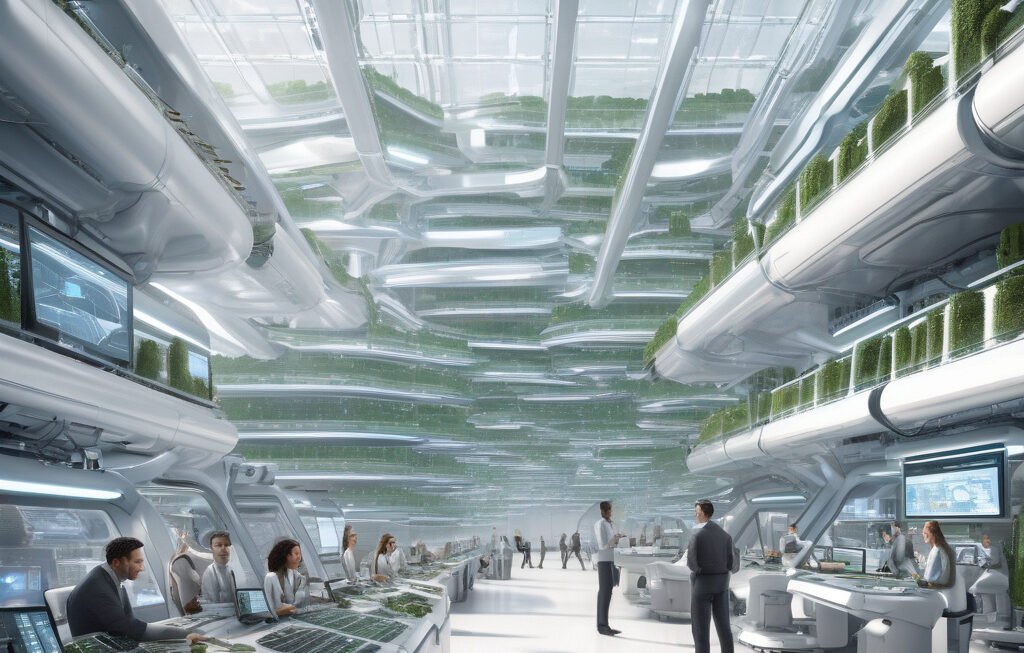Tesla Seeks Robotaxi Operators in New York Without Permits
Tesla, the renowned electric vehicle manufacturer, is once again making headlines with its ambitious plans to revolutionize the transportation industry. The company has recently been on the lookout for robotaxi operators in New York, signaling its intention to expand its autonomous driving capabilities to the bustling streets of the Big Apple. However, a notable twist to this development is that Tesla has not obtained the necessary permits from the New York City Department of Transportation to test its robotaxis on public roads.
This revelation has sparked a debate among industry experts and stakeholders about the implications of Tesla’s bold move. While some view it as a risky endeavor that could potentially run afoul of regulatory requirements, others see it as a calculated strategic move by the company to maintain its position at the forefront of innovation in the automotive sector.
The New York City Department of Transportation has confirmed that Tesla has yet to apply for authorization to test robotaxis on the city’s streets. This raises questions about the legality and safety of Tesla’s autonomous driving technology, especially in a complex urban environment like New York City. With its crowded streets, unpredictable traffic patterns, and unique infrastructure challenges, New York presents a formidable testing ground for any autonomous vehicle technology.
Despite the lack of permits, Tesla has already begun the process of hiring robotaxi operators in New York, signaling its confidence in the capabilities of its self-driving technology. The company’s CEO, Elon Musk, has long been a vocal proponent of autonomous driving and has set ambitious targets for the widespread adoption of robotaxis as part of Tesla’s overall mission to accelerate the world’s transition to sustainable energy.
Tesla’s foray into the world of robotaxis comes at a time when the autonomous driving industry is experiencing rapid growth and evolution. Companies like Waymo, Uber, and Cruise are investing heavily in developing their own self-driving technologies, with the aim of eventually deploying fleets of autonomous vehicles for commercial use. Tesla’s entry into this space is expected to further intensify competition and drive innovation in the field of autonomous transportation.
However, the lack of permits for testing robotaxis in New York could pose a significant hurdle for Tesla’s plans. Without the necessary regulatory approvals, the company may face legal challenges and public scrutiny that could delay or derail its autonomous driving ambitions. It remains to be seen how Tesla will navigate these obstacles and whether it will ultimately succeed in bringing its robotaxi service to the streets of New York.
In conclusion, Tesla’s decision to seek robotaxi operators in New York without permits underscores the company’s appetite for risk and innovation. While this approach may raise eyebrows and draw criticism from some quarters, it also highlights Tesla’s willingness to push the boundaries of what is possible in the realm of autonomous driving. As the automotive industry continues to evolve, Tesla’s actions serve as a reminder that true innovation often requires taking bold and unconventional steps.
#Tesla #Robotaxi #NewYork #AutonomousDriving #Innovation












